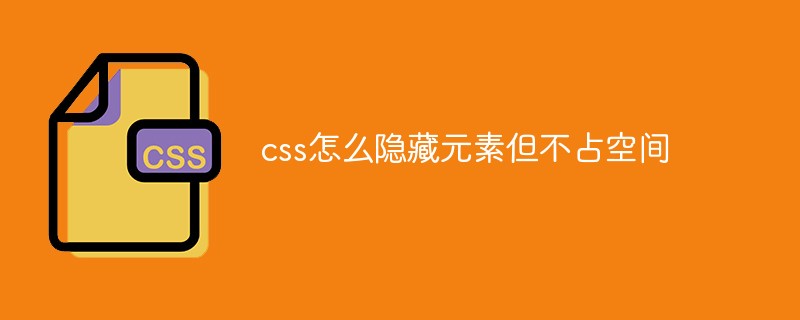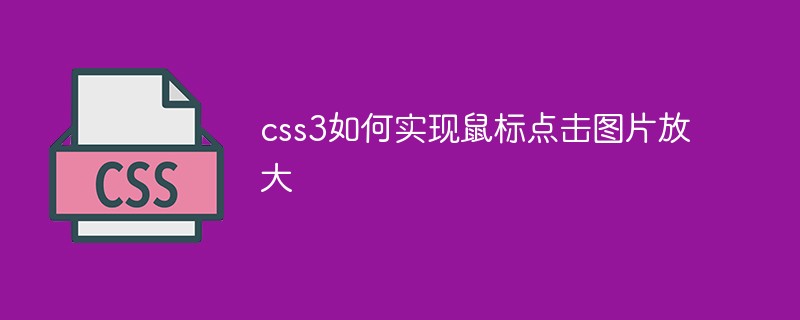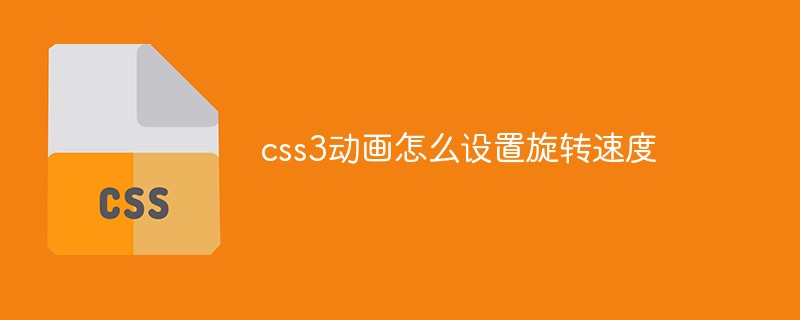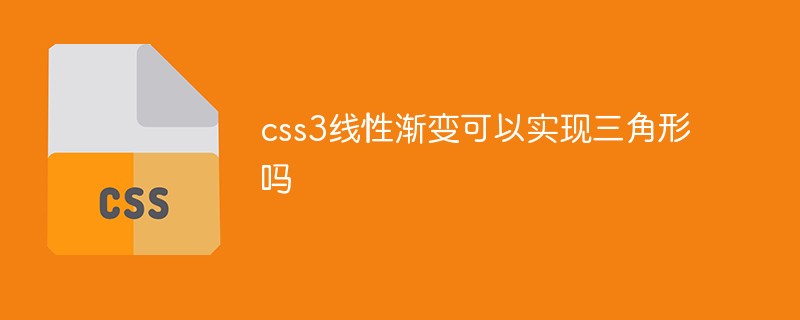This article mainly introduces css3 pointer-events. The editor thinks it is quite good. I will share it with you now and give it as a reference. Let’s follow the editor and take a look.
What are pointer-events?
As the name suggests, pointer-events is an attribute used for HTML pointer events.
pointer-events can disable hover/focus/active and other dynamic effects of HTML elements.
The default value is auto, syntax:
Copy code
The code is as follows :
pointer-events: auto | none | visiblepainted | visiblefill | visiblestroke | visible | painted | fill | stroke | all;
Our commonly used auto | none attributes , it should be noted that other attributes are only applicable to SVG elements.
auto: Pointer events can be used.
none: Disable pointer events. It should be noted that when the element with pointer disabled has child/parent elements, the event will be triggered on its child/parent elements during the time bubbling/capture phase.
Common scenarios
1. Disable a label event effect
When doing tab switching, when the current item is selected, the event of the current label is disabled , only when switching other tabs, new data will be requested again.
<!--CSS-->
<style>
.active{
pointer-events: none;
}
</style>
<!--HTML-->
<ul>
<li><a class="tab"></a></li>
<li><a class="tab active"></a></li>
<li><a class="tab"></a></li>
</ul>2. Switch the on/off button state
When clicking the submit button, in order to prevent the user from clicking the button all the time, a request is sent. When the request does not return Before the result, add pointer-events: none to the button to prevent this situation, which is also very common in business.
<!--CSS-->
.j-pro{
pointer-events: none;
}
<!--HTML-->
<button r-model={this.submit()} r-class={{"j-pro": flag}}>提交</button>
<!--JS-->
submit: function(){
this.data.flag = true;
this.$request(url, {
// ...
onload: function(json){
if(json.retCode == 200){
this.data.flag = false;
}
}.bind(this)
// ...
});
}3. Prevent transparent elements and clickable elements from overlapping and not being clickable
Some content display areas, in order to achieve some good-looking css effects, when elements There are other elements above covering it. In order not to affect the events of the elements below, adding pointer-events: none; to the covered element can solve the problem.
<!--CSS-->
.layer{
backround: linear-gradient(180deg, #fff, transparent);
}
.j-pro{
poninter-events: none;
}
<!--HTML-->
<ul>
<li class="layer j-pro"></li>
<li class="item"></li>
<li class="item"></li>
<li class="item"></li>
</ul>poninter-events Compatibility

The above is the detailed content of Detailed explanation of css3 pointer-events usage. For more information, please follow other related articles on the PHP Chinese website!
 css怎么隐藏元素但不占空间Jun 01, 2022 pm 07:15 PM
css怎么隐藏元素但不占空间Jun 01, 2022 pm 07:15 PM两种方法:1、利用display属性,只需给元素添加“display:none;”样式即可。2、利用position和top属性设置元素绝对定位来隐藏元素,只需给元素添加“position:absolute;top:-9999px;”样式。
 原来利用纯CSS也能实现文字轮播与图片轮播!Jun 10, 2022 pm 01:00 PM
原来利用纯CSS也能实现文字轮播与图片轮播!Jun 10, 2022 pm 01:00 PM怎么制作文字轮播与图片轮播?大家第一想到的是不是利用js,其实利用纯CSS也能实现文字轮播与图片轮播,下面来看看实现方法,希望对大家有所帮助!
 css3什么是自适应布局Jun 02, 2022 pm 12:05 PM
css3什么是自适应布局Jun 02, 2022 pm 12:05 PM自适应布局又称“响应式布局”,是指可以自动识别屏幕宽度、并做出相应调整的网页布局;这样的网页能够兼容多个不同的终端,而不是为每个终端做一个特定的版本。自适应布局是为解决移动端浏览网页而诞生的,能够为使用不同终端的用户提供很好的用户体验。
 css3如何实现鼠标点击图片放大Apr 25, 2022 pm 04:52 PM
css3如何实现鼠标点击图片放大Apr 25, 2022 pm 04:52 PM实现方法:1、使用“:active”选择器选中鼠标点击图片的状态;2、使用transform属性和scale()函数实现图片放大效果,语法“img:active {transform: scale(x轴放大倍数,y轴放大倍数);}”。
 css3动画效果有变形吗Apr 28, 2022 pm 02:20 PM
css3动画效果有变形吗Apr 28, 2022 pm 02:20 PMcss3中的动画效果有变形;可以利用“animation:动画属性 @keyframes ..{..{transform:变形属性}}”实现变形动画效果,animation属性用于设置动画样式,transform属性用于设置变形样式。
 css3怎么设置动画旋转速度Apr 28, 2022 pm 04:32 PM
css3怎么设置动画旋转速度Apr 28, 2022 pm 04:32 PM在css3中,可以利用“animation-timing-function”属性设置动画旋转速度,该属性用于指定动画将如何完成一个周期,设置动画的速度曲线,语法为“元素{animation-timing-function:速度属性值;}”。
 一文了解CSS3中的新特性 ::target-text 选择器Apr 12, 2022 am 11:24 AM
一文了解CSS3中的新特性 ::target-text 选择器Apr 12, 2022 am 11:24 AM本篇文章带大家一起深入了解一下CSS3中的新特性::target-text 选择器,聊聊该选择器的作用和使用方法,希望对大家有所帮助!
 css3线性渐变可以实现三角形吗Apr 25, 2022 pm 02:47 PM
css3线性渐变可以实现三角形吗Apr 25, 2022 pm 02:47 PMcss3线性渐变可以实现三角形;只需创建一个45度的线性渐变,设置渐变色为两种固定颜色,一个是三角形的颜色,另一个为透明色即可,语法“linear-gradient(45deg,颜色值,颜色值 50%,透明色 50%,透明色 100%)”。


Hot AI Tools

Undresser.AI Undress
AI-powered app for creating realistic nude photos

AI Clothes Remover
Online AI tool for removing clothes from photos.

Undress AI Tool
Undress images for free

Clothoff.io
AI clothes remover

AI Hentai Generator
Generate AI Hentai for free.

Hot Article

Hot Tools

mPDF
mPDF is a PHP library that can generate PDF files from UTF-8 encoded HTML. The original author, Ian Back, wrote mPDF to output PDF files "on the fly" from his website and handle different languages. It is slower than original scripts like HTML2FPDF and produces larger files when using Unicode fonts, but supports CSS styles etc. and has a lot of enhancements. Supports almost all languages, including RTL (Arabic and Hebrew) and CJK (Chinese, Japanese and Korean). Supports nested block-level elements (such as P, DIV),

SublimeText3 Linux new version
SublimeText3 Linux latest version

Notepad++7.3.1
Easy-to-use and free code editor

PhpStorm Mac version
The latest (2018.2.1) professional PHP integrated development tool

Dreamweaver CS6
Visual web development tools






